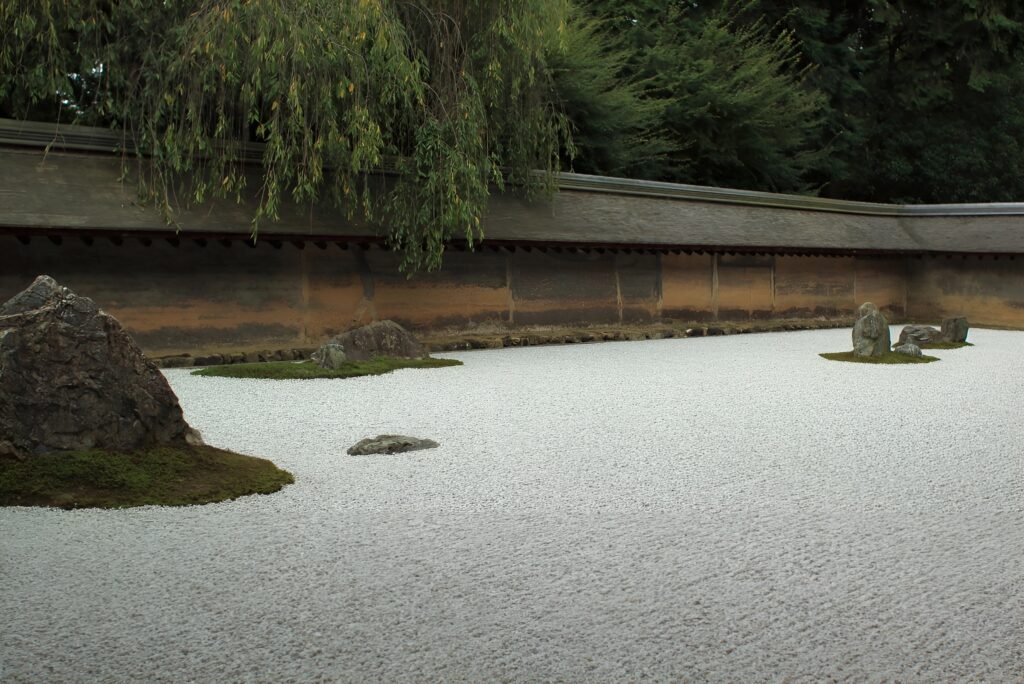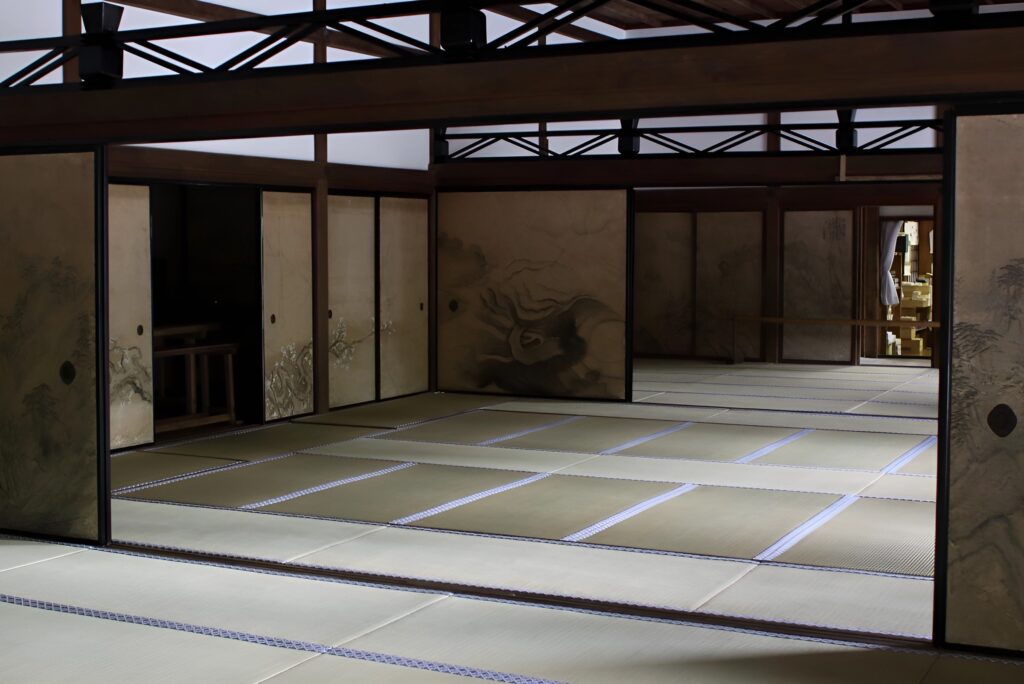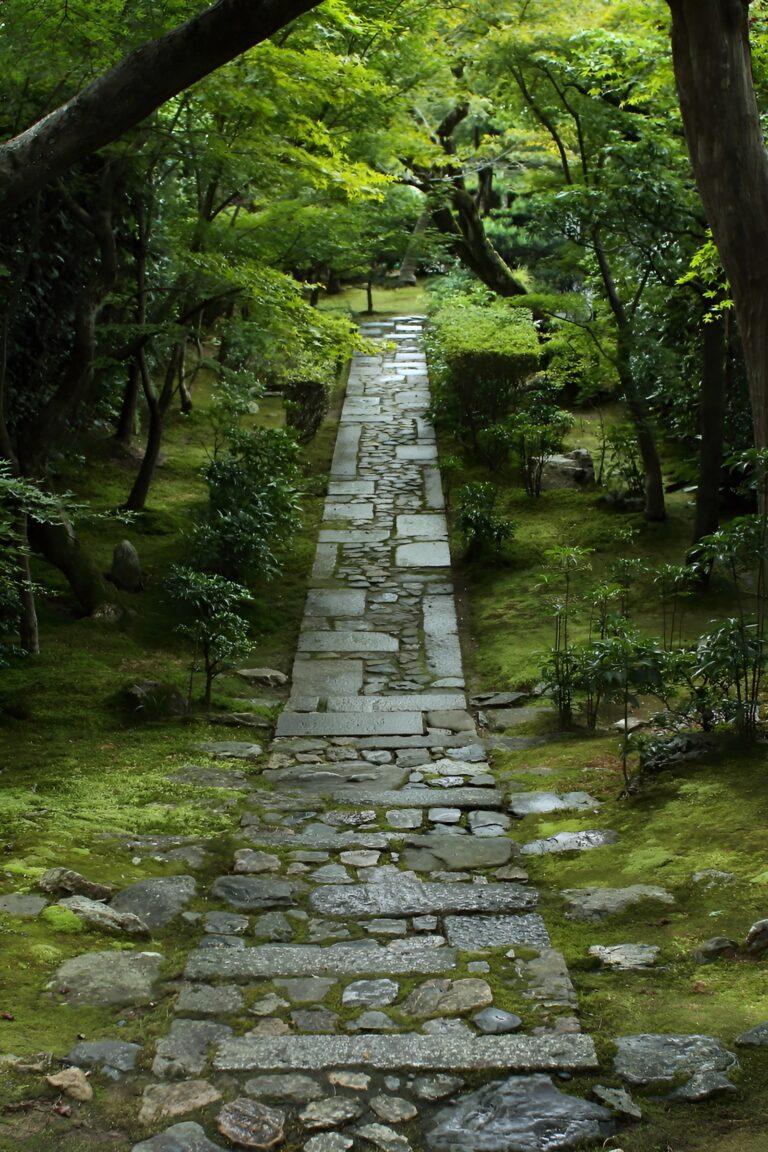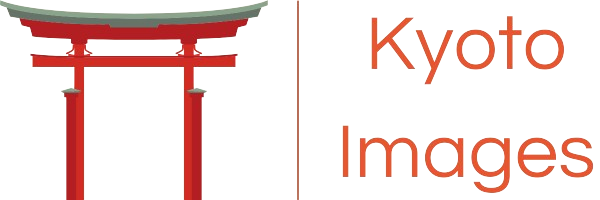Ryoanji Temple embark on a soul-soothing journey in Kyoto’s most iconic Zen temple

An invitation to slow down
Nestled in the northern outskirts of Kyoto, Ryoanji stands as a testament to the enduring allure of Zen philosophy and the timeless beauty of simplicity. This UNESCO World Heritage Site is renowned for its enigmatic rock garden, a masterpiece that captivates visitors with its profound serenity and minimalist design.
Ryoanji isn’t just a sightseeing spot; it’s an invitation to slow down, appreciate simplicity, and find tranquility in the heart of Kyoto’s cultural heritage. The rock garden and surrounding landscapes offer plenty of photo opportunities.
Ryoanji is more than a collection of rocks in a meticulously raked garden; it’s a testament to the profound beauty that emerges when nature, architecture, and philosophy converge. This tranquil haven in Kyoto beckons those in search of serenity, inviting them to explore the depths of their own consciousness and find meaning in the simplicity of existence.

Visiting Ryoanji
The origins of Ryoanji can be traced back to the late 15th century when the site was initially established as a residence for the deputy shogun. Over time, the property transformed into a Zen Buddhist temple, eventually taking on its current form in the 18th century. Today, Ryoanji is not merely a physical space but a spiritual sanctuary, drawing seekers of tranquility and wisdom from around the globe.
At the heart of Ryoanji lies its iconic rock garden, a rectangular plot of meticulously raked gravel adorned with fifteen carefully placed rocks. What makes this garden exceptional is its deliberate ambiguity; its meaning remains elusive, inviting contemplation and interpretation. The rocks are strategically arranged, leaving ample space for the mind to wander and ponder the mysteries of existence.
Surrounding the rock garden is a simple earthen wall and a wooden veranda, creating a harmonious blend of nature and architecture. The backdrop of the garden is equally important, as the wall symbolizes a separation from the mundane world, allowing visitors to immerse themselves fully in the contemplative atmosphere.
Beyond the garden, Ryoanji encompasses other architectural gems, such as the Hojo, the head priest’s former residence. The Hojo, a designated National Treasure of Japan, showcases elegant sliding doors with stunning ink paintings and tatami-matted rooms that echo with the footsteps of centuries. Exploring the temple’s interior offers a deeper understanding of the historical and cultural significance woven into its foundations.
As the seasons change, so does the ambiance of Ryoanji. Spring cherry blossoms transform the temple grounds into a delicate canvas of pink hues, while autumn’s fiery foliage adds warmth to the austere surroundings. The interplay of nature and architecture, coupled with the ever-evolving seasons, further enhances the meditative experience Ryoanji offers to its visitors.

Tips for making your experience unique
- Check the temple’s schedule for any cultural events or workshops. These could include tea ceremony, calligraphy sessions, ikebana (flower arranging), or other activities that provide a hands-on cultural experience in an authentic setting.
- Spend time meditating and reflecting in front of the famous rock garden. Let your mind wander and interpret the arrangement of rocks in your own way.
- Enjoy the changing seasons in the temple’s surrounding gardens.
- If you’re lucky, catch a glimpse of Zen rituals or ceremonies taking place within the temple. These ceremonies offer a deeper understanding of Zen practices
Useful Links
Direction To Ryoanji Temple Link to Google Maps

